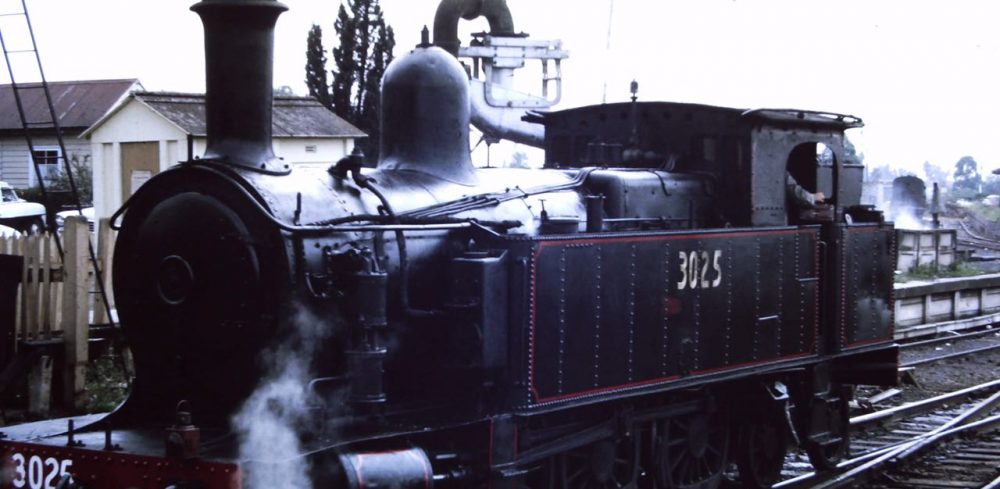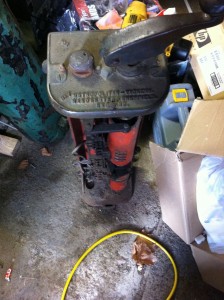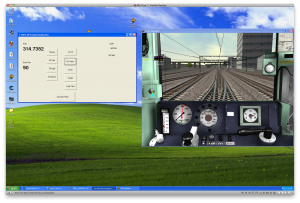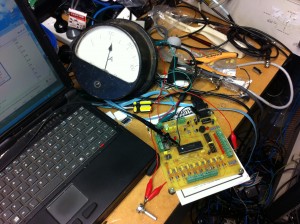The weather here has been rather awful the past few weeks, with temperatures exceeding 35C. This coupled with a number of comments I have received have encouraged me to concentrate on the interfacing part of the simulator – i.e. the code that allows external control of MSTS.
My intention is to create a generic API for MSTS that programmers can use to interface any number of devices into MSTS.
To this end I have considerably tidied up the VB code and modified it to make it easy to add new functionality – primarily by ensuring all the memory addresses are maintained in global variables, rather than just ad-hoc as it was before 🙂
Below are a couple of screenshots of me driving MSTS entirely “keyboard free” using the VB “MSTS_CONTROL” app. At this stage I only have throttle, brake, “zero brake pipe”, amp gauge and brake pipe gauge controls, but I’ll add the remaining ones in shortly. I will then expose all the functions (as a dll) which will complete version 1 of the msts_control library.
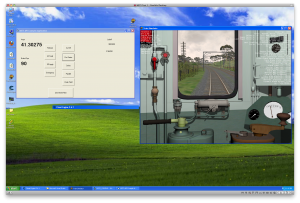
MSTS being controlled "keyboard free"
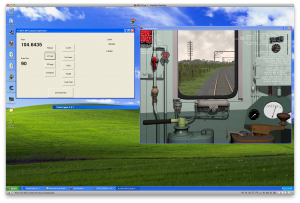
MSTS being controlled "Keyboard Free"
